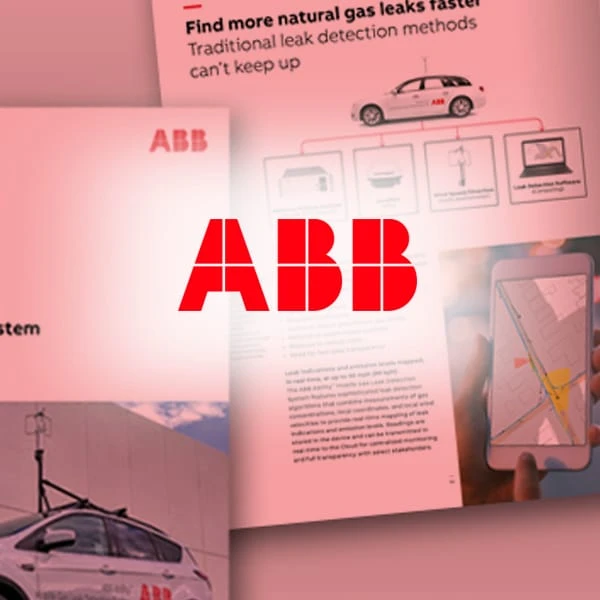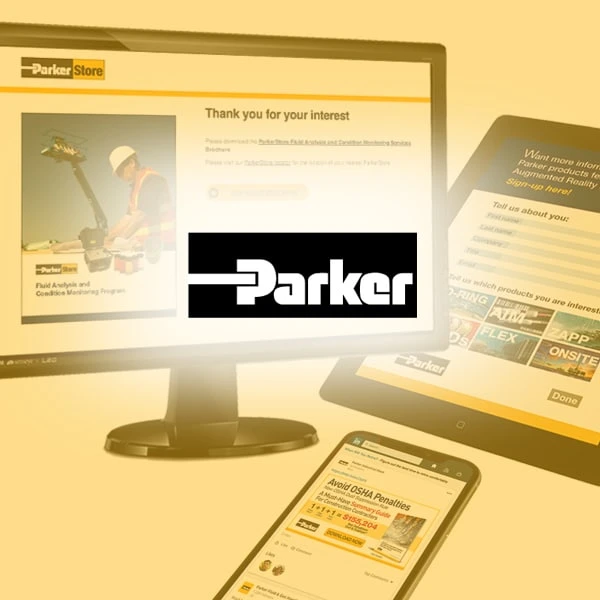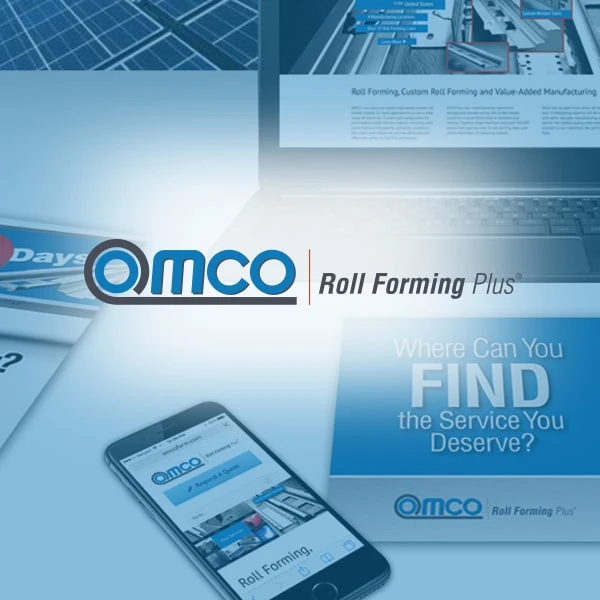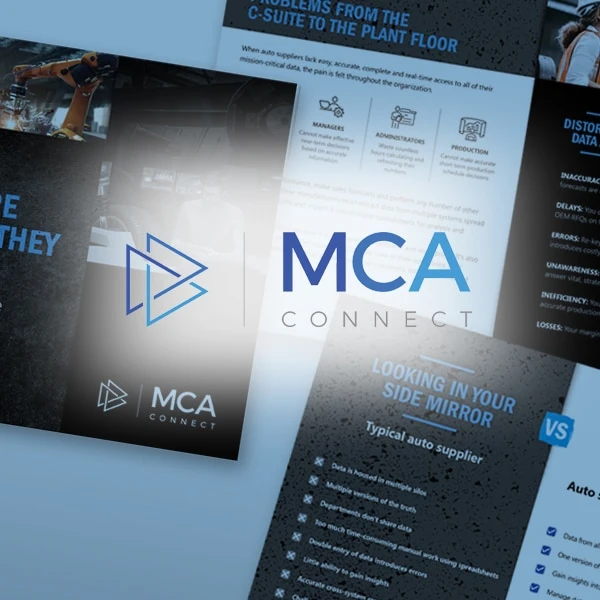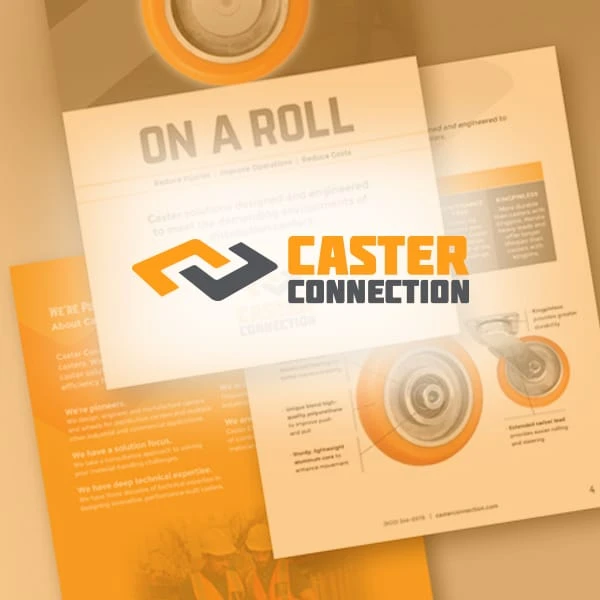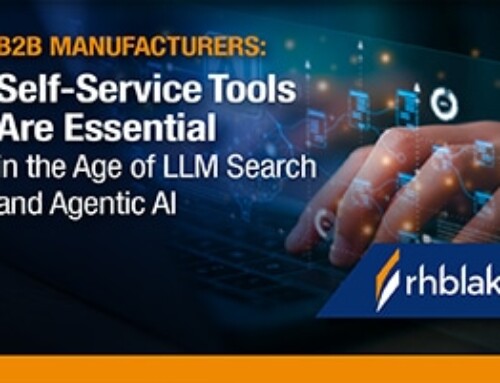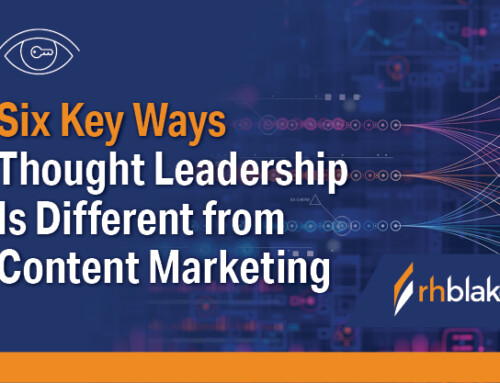Problems, Not Products: Why B2B Manufacturer GTM Messaging Must Change
What really pushes a B2B manufacturing buyer to start searching for a high-value solution? Many marketers believe it’s the allure of cost savings or a new feature. They build entire campaigns around product specs and financial benefits, hoping to catch a buyer’s eye.
But recent research by RH Blake reveals a different story. As we reveal in our B2B Manufacturing Buyer Journey Study, for purchases with long sales cycles, the journey rarely begin with a desire for a new product. It begins with an urgent, pressing operational problem. This is the real buy button.
This study of over 250 manufacturing executives conducted by RH Blake found that critical operational needs are the primary drivers for initiating major purchasing processes. Understanding these triggers is crucial for marketers who want to connect with buyers earlier and more effectively. By changing your Go-To-Market (GTM) messaging to lead with problems and not products, you stop shouting about your solution and start whispering the answers to the questions your buyers are asking.
Identify the Compelling Events That Make Buyers Look for Solutions
To connect with potential customers, you must first understand the “compelling events” that force them to act. These are the foundational pain points that motivate them to seek a new solution.
What the Research Says
The RH Blake study asked manufacturing leaders what most often triggers the start of a significant purchasing process. The results are clear: operational urgencies dominate.
The top triggers are:
- Asset aging or replacement needs (59%)
- Regulatory compliance requirements (53%)
- Capacity expansion / growth initiatives (52%)
- Technology obsolescence / advances (44%)
These issues—aging assets, compliance mandates, and outdated technology—represent immediate, unavoidable challenges that demand a response.
Are You Mistaken About What Drives Buyer Behavior?
Many vendors mistakenly assume that buyers are always primarily motivated by cost. But our study shows that, while cost-saving initiatives are a factor, they are not the top trigger, coming in at 39%. Similarly, other business concerns like labor shortages rank lower as initial catalysts for action.
This doesn’t mean cost savings and labor efficiencies aren’t important; they are often significant secondary benefits of a solution. However, they are not typically the first points of pain that motivate action. For offerings with long sales cycles, buyers are first driven by foundational issues related to their infrastructure and operational efficiency. If your initial outreach focuses only on cost savings, you may be failing to resonate with the primary operational triggers that compel buyers to act.
Frame Your Solution Earlier by Focusing on the Problem
Once you have identified the true compelling events, shift your marketing strategy from product-centric to problem-centric. This approach offers two major advantages: (1) It allows you to align your solution directly with the buyer’s core challenge, and (2) it helps you attract them much earlier in their journey.
Align Your Solution with the Buyer’s Challenge
By leading with the problem, you demonstrate a deep understanding of the customer’s world. Instead of just presenting a list of features, you can frame your solution as the direct answer to their most pressing issue. Your early-stage content and conversations should focus on how your offerings directly alleviate the pain points associated with aging assets, new regulations, or insufficient capacity. This alignment builds immediate relevance and trust.
Attract Buyers Earlier in Their Journey
Research shows that buyers conduct a significant portion of their research independently before ever engaging with a vendor. This long period of self-education is where your problem-centric messaging truly shines.
When you create content that addresses the buyer’s initial problem, you give yourself a chance to get in the door, ideally before your competitors. You frame the narrative and position your company as a knowledgeable guide. With this proactive approach, you become a trusted resource during the critical awareness stage, when your buyer is still trying to understand and name the problem they are facing.
RH Blake Case Study: How ABB Tackled Cyber Security Regulatory Compliance
A powerful example of this strategy in action comes from global technology company ABB. The compelling event was a new piece of European Union legislation: the Network and Information Security 2 Directive (NIS2).
NIS2 is a significant regulation aimed at establishing a high, common level of cybersecurity across EU member states, affecting critical sectors like energy, transport, and manufacturing. For countless organizations, this created an urgent need to understand and address new compliance requirements before the October 17, 2024 deadline.
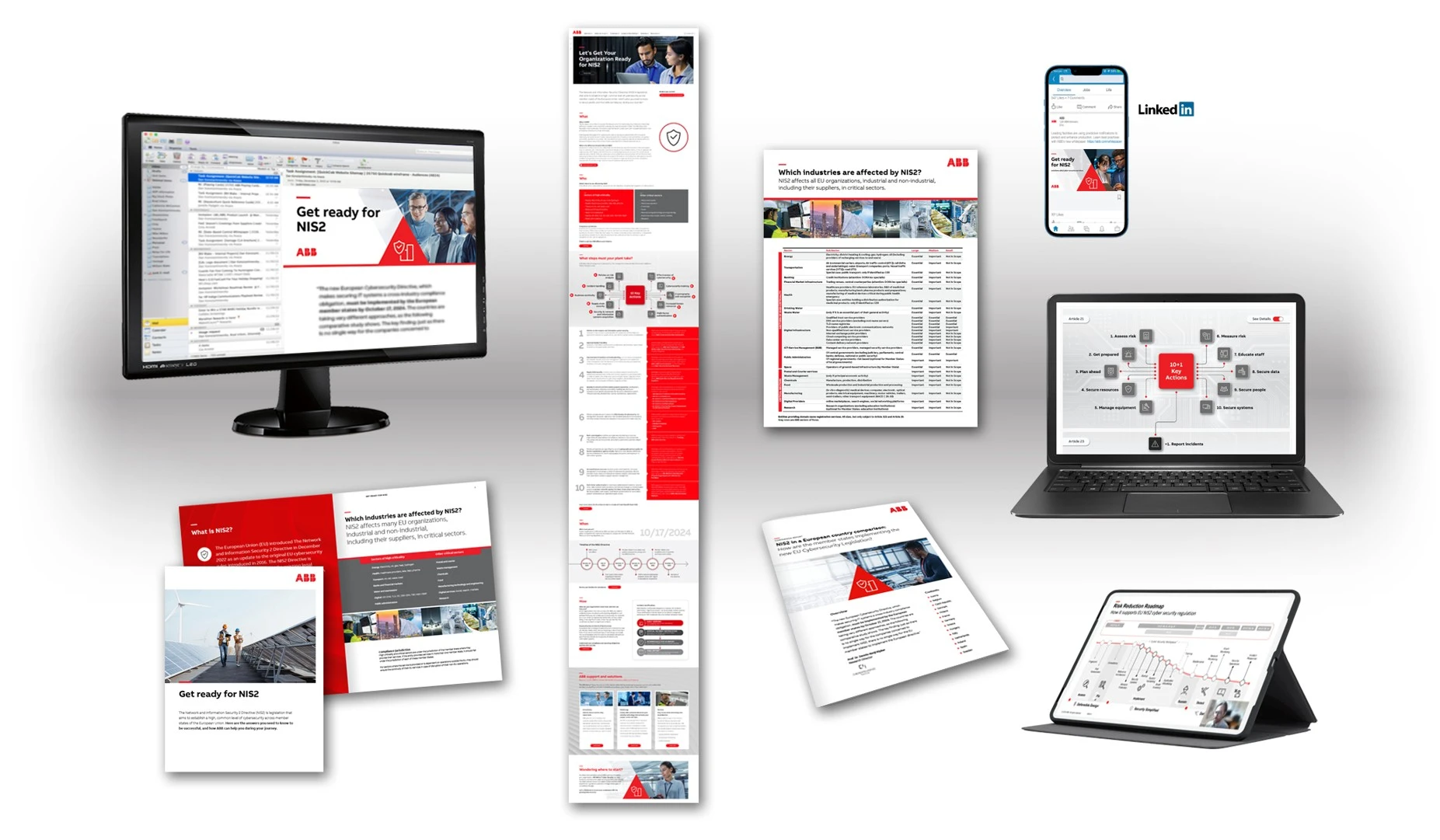 Recognizing this as a major regulatory-compliance trigger, ABB worked with RH Blake to develop a comprehensive, problem-centric campaign. Instead of simply promoting their cybersecurity products, they focused on helping their customers (current and potential) navigate the complex challenge of NIS2 compliance.
Recognizing this as a major regulatory-compliance trigger, ABB worked with RH Blake to develop a comprehensive, problem-centric campaign. Instead of simply promoting their cybersecurity products, they focused on helping their customers (current and potential) navigate the complex challenge of NIS2 compliance.
Their messaging strategy was threefold:
- Make customers aware of the new regulation
- Help them understand how it would specifically impact their application or industry
- Explain how ABB could uniquely help them address the compliance issues
To execute this, ABB created a dedicated webpage that served as an educational hub. This resource took the massive regulation and distilled it down to what it meant for the customer. For each of the 10 risk-management measures required by NIS2, ABB not only explained the requirement but also detailed exactly how its solutions and services—from risk assessments to incident response—could help.
They also created a series of mini-videos featuring their own subject matter experts to provide additional clarity on each aspect of the directive.
By focusing on the customer’s problem, ABB helped organizations understand the issue, the urgency, and the steps needed to achieve compliance. They positioned themselves not as a mere vendor, but as an indispensable partner in solving a complex and time-sensitive business challenge.
By leading with problem-centric messaging, ABB effectively pressed the “real buy button” and engaged customers who were actively searching for a solution to a critical regulatory challenge. This approach serves as a powerful model for any B2B manufacturer looking to build deeper connections and drive meaningful results in a complex market.
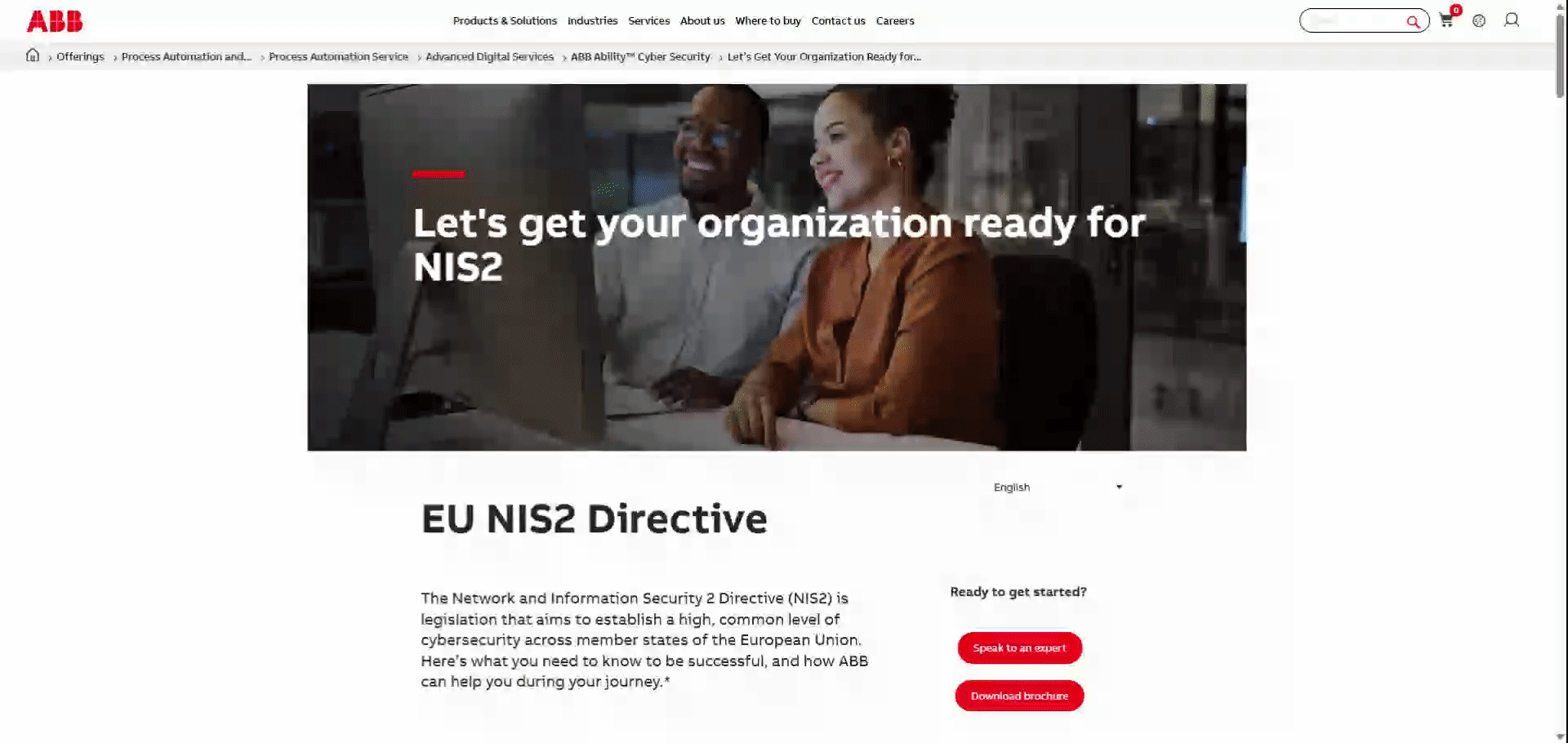

"You guys met our expectations in every way. It [RH Blake Market Research] was the information we were looking for. Congratulations and Thank You!"
 Scott Griggs
Scott Griggs
Director of Services for Food Manufacturing and Food Service
ALS Global

"“I’ve gotten all that I’d hoped for from the RH Blake Growth Roadmap™ and more. Based on the research and insights, we adjusted our offering scope and sales approach. And this adjustment has been effective at generating new opportunities."
 Diane Reko
Diane Reko
President
REKO International

"RH Blake has been an outstanding partner. They deliver creativity, on time, and always so professional. We love working with them because of their perspective, support, and their efficiency in turning projects around quickly."
 Samantha Spano
Samantha Spano
Digital Product Marketing & Communications Manager
Industrial Automation Energy Industries
ABB
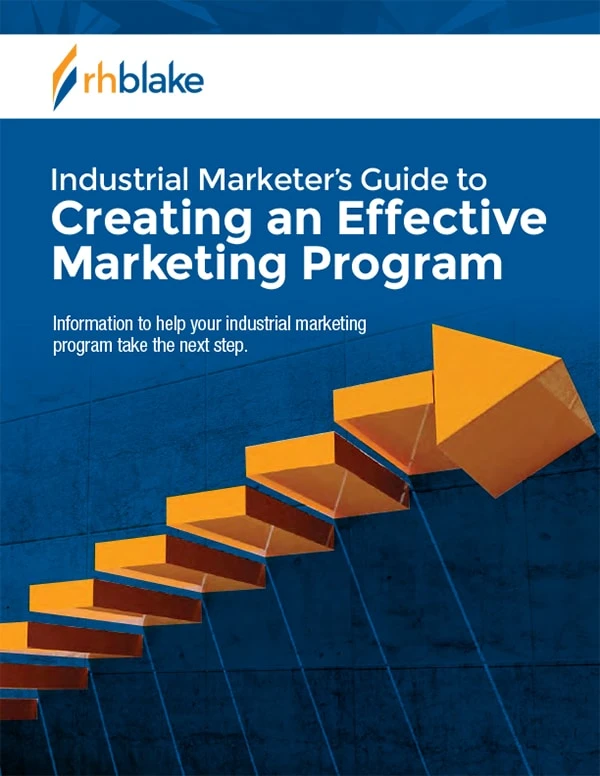
Industrial Marketer’s Guide to Creating an Effective Marketing Program
147 pages of actionable ideas to help you create a winning marketing strategy and program

Industrial Marketer’s Guide to Creating an Effective Marketing Program
147 pages of actionable ideas to help you create a winning marketing strategy and program
Related Clients



